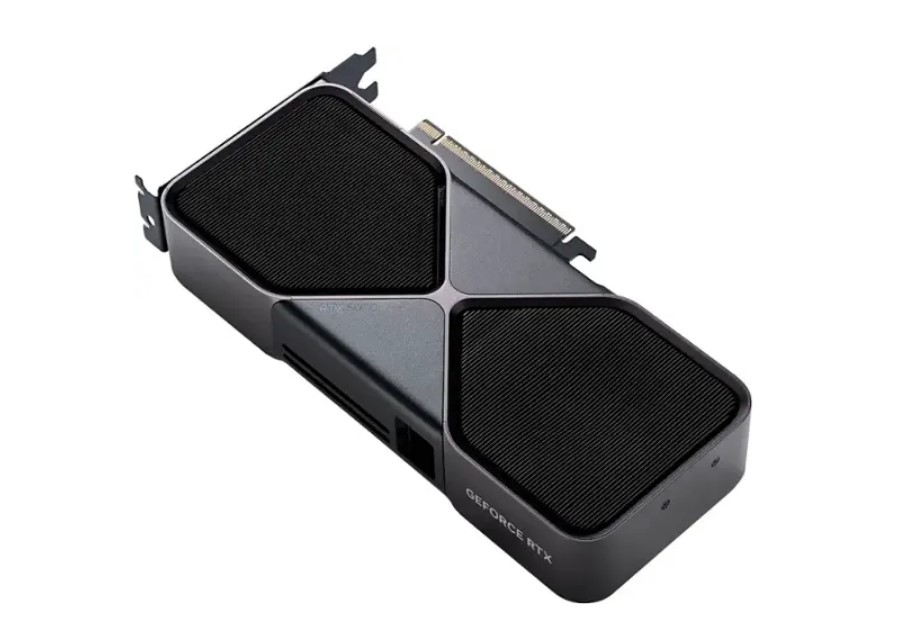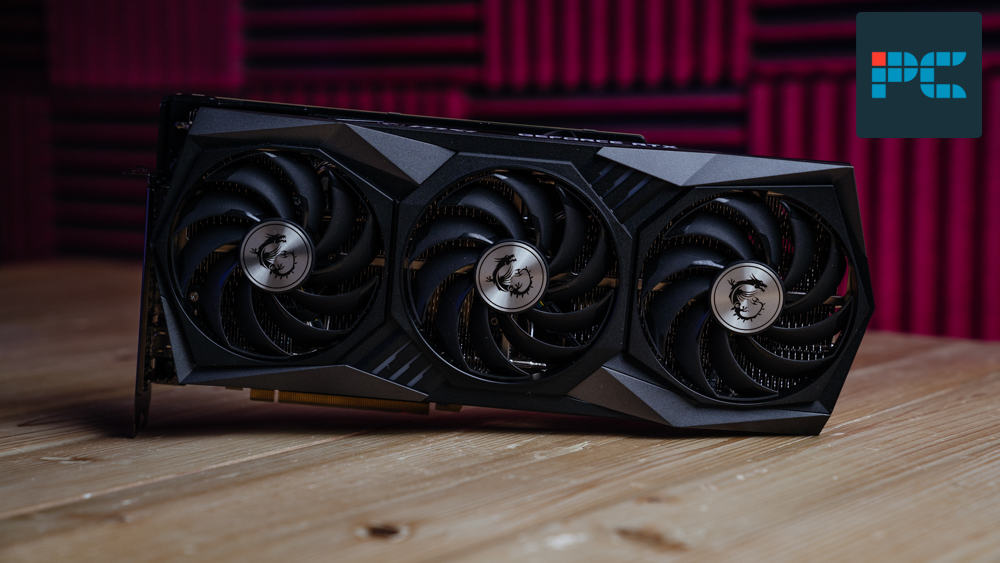RTX 5070 vs RTX 3070 specs comparison – how do they compare?

Table of Contents
The RTX 5070 may have been pushed back to a March release date, but the 5070Ti has now been officially released, and the reviews are now in. Finally, we get a glimpse of how the 5070 Ti improves upon previous generations, and unsurprisingly, it looks like the biggest leaps can be seen from the 30-series.
While we know about the 5070 Ti, benchmarks for the vanilla version still have yet to appear, but we do have some information to work from, and based on the 5070 Ti reviews, we can make an informative guess. To summarize what we think, the RTX 5070 should surely outperform the RTX 3070, given the software and hardware differences, but its performance shouldn’t be anywhere near the RTX 4090.
Prime Day is finally here! Find all the biggest tech and PC deals below.
- Sapphire 11348-03-20G Pulse AMD Radeon™ RX 9070 XT Was $779 Now $739
- AMD Ryzen 7 7800X3D 8-Core, 16-Thread Desktop Processor Was $449 Now $341
- ASUS RTX™ 5060 OC Edition Graphics Card Was $379 Now $339
- LG 77-Inch Class OLED evo AI 4K C5 Series Smart TV Was $3,696 Now $2,796
- Intel® Core™ i7-14700K New Gaming Desktop Was $320.99 Now $274
- Lexar 2TB NM1090 w/HeatSink SSD PCIe Gen5x4 NVMe M.2 Was $281.97 Now $214.98
- Apple Watch Series 10 GPS + Cellular 42mm case Smartwatch Was $499.99 Now $379.99
- ASUS ROG Strix G16 (2025) 16" FHD, RTX 5060 gaming laptop Was $1,499.99 Now $1,274.99
- Apple iPad mini (A17 Pro): Apple Intelligence Was $499.99 Now $379.99
*Prices and savings subject to change. Click through to get the current prices.
That being said, we’ll be comparing it against the 3070 to see the main differences and expand upon them. We’ll update this page with more information when we get hands-on with the 5070 – so stay tuned.
Spec comparison
| Specifications | RTX 5070 | RTX 3070 |
| Cores | 6144 | 5888 |
| Base clock speed | 2.16 GHz | 1.50 GHz |
| Boost clock speed | 2.51 GHz | 1.73 GHz |
| Memory | 12GB GDDR7 | 8GB GDDR6 |
| Memory interface | 192-bit | 256-bit |
| Bandwidth | 672 GB/sec | 448.0 GB/s |
| TDP | 250W | 220W |
| Power connector | 2x PCIe 8-pin cables or 300 W or greater PCIe Gen 5 cable | 1x PCIe 8-pin |
| Release date | March 2025 | September 2020 |
Memory
These graphics come from two different generations and have varying memory capacities. The RTX 5070 has 12GB, the TI has 16GB, while the RTX 3070 has 8GB VRAM. In addition, there is a difference between GDDR7 and GDDR6, with the former having 32 GB/s per pin speed and the latter having 50% with 16 GB/s.
It impacts performance because GDDR7 can transfer more data simultaneously than GDDR6, meaning more data can be processed, directly translating to better output in gaming and other tasks.
The RTX 5070/ 5070Ti both have a newer and faster memory type and more VRAM to work with, meaning it should have a significantly better performance than the RTX 3070. In our 3070 review, it managed 98, 62, and 29 FPS at 1080p, 1440p, and 4K, respectively, in Cyberpunk 2077 at ultra settings, pure rasterization, as you’ll see below:

Having more decked-out specifications and refined AI technologies, the RTX 5070 should easily be able to deliver more frames in these respective resolutions.
Cores
The RTX 5070 has 6,144 CUDA cores and the 5070 Ti has 8960 CUDA cores, while the RTX 3070 has 5,888. That’s a big leap forward for the 5070 from the 3070, and even bigger for the 5070Ti and 3070 Ti, which was 6144. This puts it more at the level of a 3080, but again, it’s not a huge tell of overall performance thanks to advancements in this particular area of technology – in other words, CUDA cores are more efficient nowadays, so it’s not a like-for-like comparison.
Memory interface width
This is a bit shocking, as the RTX 3070 has a 256-bit interface width while the RTX 5070 has a 192-bit connection. The higher a GPU’s bit connection, the more data it can accommodate and handle for processing, meaning better performance and efficiency.
On paper, the RTX 3070 seems to have the upper hand; however, its cores, clock speed, and VRAM may hold it back. So, the RTX 5070, even with a 192-bit interface width, should be able to deliver better productivity and gaming performance.
Ports
The RTX 5070 features the new HDMI 2.1b and Display Port 2.1b. This enables it to support up to 4K 12-bit HDR at 480Hz, 8K at 165Hz, and UHBR20 with the same resolutions and refresh rates. With the HDMI, it can support 4K 480Hz and 8K 120Hz.
This is a massive improvement over the RTX 3070’s HDMI 2.1 and Display Port 1.4a capabilities. With these ports, it can support 4K 240Hz and 8K 60Hz with the DP and 4K 120Hz and 8K 60Hz with the HDMI port. So, not only should the RTX 5070 deliver better in-game performance, it can churn out more FPS at 4K and deliver that information via its ports to the monitor.
Features
The RTX 3070 has DLSS 3.5 and Reflex, while the RTX 5070 has DLSS 4, which comes with Multi-Frame Generation and Reflex 2. DLSS boosts the framerate by rendering them in a lower resolution and using AI to upscale them. However, DLSS 4 takes it to the next level.
While the RTX 20 to 40 series GPUs will also get DLSS 4 later on, they won't have Multi-Frame Generation, which is what DLSS 4 is all about. To showcase the performance difference, Nvidia uploaded a video on its YouTube channel in which Cyberpunk 2077 ran without and with different DLSS versions enabled.
Without DLSS, it was running with 27 FPS; with DLSS 2 and 3.5, the frames increased to 71 and 142 FPS, respectively. Enabling DLSS 4 enhanced the FPS to 247 FPS, which is significantly more than what 3.5 managed.
However, both of these GPUs will have Reflex 2, which reduces system latency so that your keyboard and mouse input are displayed on the screen with minimal delay. This gives you an edge in intense fights and makes the gameplay more responsive. Nvidia also has a YouTube video explaining the technicalities behind Reflex 2 and the difference between the two iterations of Reflex.
Overall, DLSS 4 gives the RTX 5070 a massive edge over the RTX 3070 and is probably the reason why Nvidia confidently claimed that it can offer performance like the RTX 4090.
RTX 5070 vs. RTX 3070 – price comparison
The RTX 5070 has a $549 MSRP, while the RTX 3070 launched with a $499 price tag. So, the RTX 5070 costs $50 more than the RTX 3070 but should offer leagues better performance than it. That being said, the third-party variants might cost a bit more, but brands like PNY, ASUS TUF, and Gigabyte have relatively affordable options available.
As for the RTX 3070, a Gigabyte OC variant on Amazon is available for $279.99. BestBuy doesn't seem to have any stock for the 3070; however, Newegg does, but the options are even more expensive than the MSRP, and the same Gigabyte OC variant is available for $599.99.
So, after five years, the cheapest RTX 3070 you can get on Amazon is for $279.99, which is great if you're operating on a budget and want a solid 1440p GPU. In addition, when it gets DLSS 4, it should get a performance boost, improving its value.
That being said, if you're willing to spend a little more and can grab a founder edition RTX 5070, that should set you up for the next couple of years due to the AI improvement it brings. Ultimately, it depends on your budget, but regardless of the card you choose, you should be able to enjoy 1440p gaming without running into massive hurdles. However, you might have to tone down some in-game settings with the RTX 3070.
Early impressions
The RTX 5070 seems to be the clear winner in this match as it has better hardware and software compared to the RTX 3070. In addition, it doesn't cost a whole lot more than what the RTX 3070 did, meaning you're getting more performance while paying slightly more, giving you much better value.
However, the RTX 3070 still holds its place as a strong contender for 1440p gaming, but its 8GB VRAM will limit its performance as time passes because the graphical fidelity of modern titles keeps increasing, requiring more memory and power to process. This is an issue that most of the community has with budget Nvidia cards, and it is why the Intel Arc B580 was a success. It offered 12GB VRAM and better performance than its competition's alternatives.
So, if you're deciding to choose between these two GPUs, that is something worth considering. As for the real-world performance difference between these cards, we'll know for sure when we've tested the RTX 5070 in-house.


